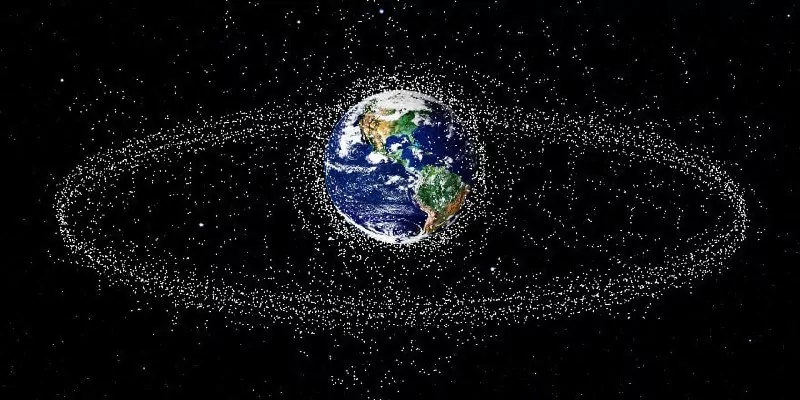Now there are more than 3,000 active satellites in Earth orbit, and the same number of those that have already failed. In total, there are more than 100 million fragments in near-Earth orbits. These fragments are space debris ranging in size from 1 mm.
The dimensions of near-Earth space are quite large. But if we consider this space in numbers, taking into account the various possible heights even for satellites in low Earth orbit, from 160 to 2,000 km above the Earth’s surface, 1 satellite or object accounts for about 13,000 cubic kilometers. This is not so much, a little more than half the volume of Lake Baikal. And given the speed of more than 28,000 km per hour with which they move, and how many times a day such debris and satellites rotate around the Earth, the chances of a collision will be quite large.
For example, in 2009, the Iridium satellite collided with a spent space device. The results of this accident are the destruction of the satellite and 2,300 elements of large space debris in near—Earth space that threaten the space infrastructure.
